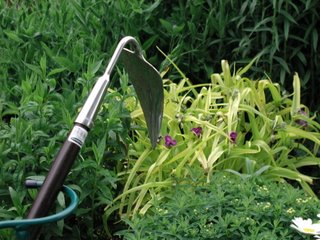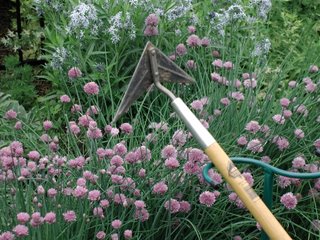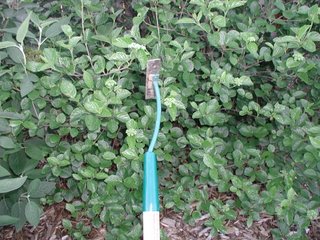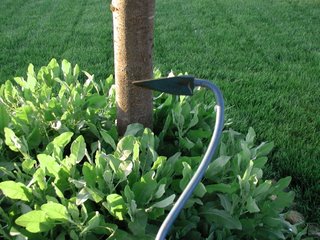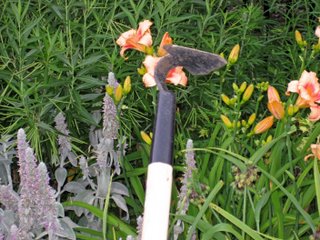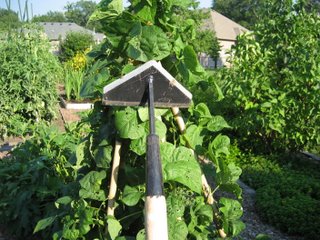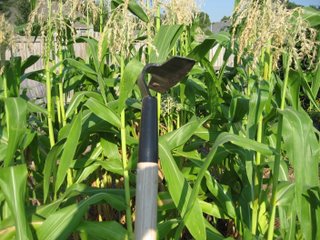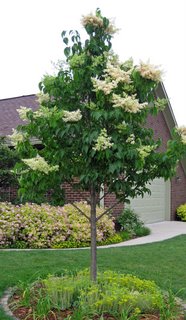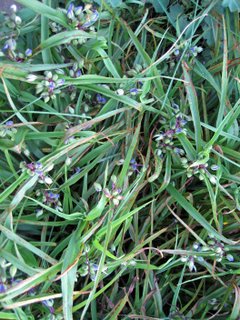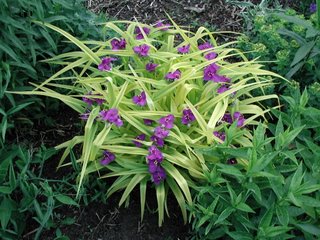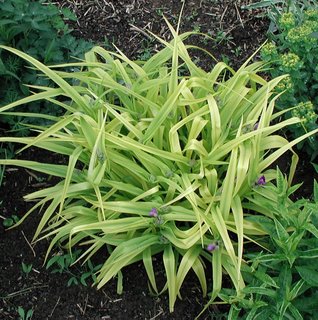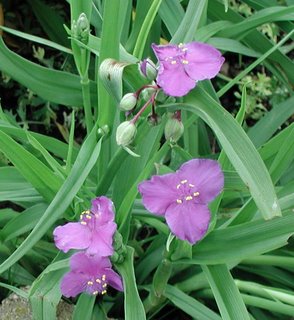 I found this moth in the lawn while out mowing yesterday evening. No, I did not mow over it! (Please, credit me with having some compassion!) I carefully moved it out of harm's way. Then when I had finished mowing, I went back to check on it. It was still there so I took a few pictures.
I found this moth in the lawn while out mowing yesterday evening. No, I did not mow over it! (Please, credit me with having some compassion!) I carefully moved it out of harm's way. Then when I had finished mowing, I went back to check on it. It was still there so I took a few pictures. I got the bright idea to put a yardstick next to it so you could see the size of the wingspan. That is one giant moth.
I got the bright idea to put a yardstick next to it so you could see the size of the wingspan. That is one giant moth.I checked a little bit ago and the moth is gone now. Perhaps it revived itself and flew away, or maybe a bird ate it this morning.
I think it is a type of sphynx moth, but don't know much more than that about it. Update 07/26/2006 - Thanks to Annie in Austin for sending a comment... this is most likely a male Giant Imperial Moth. Here's a site that help you identify insects: What's That Bug and here's a site to see the caterpiller that turns into this lovely moth.
I enjoyed seeing it and wish now that if it had truly died, that I would have saved it to show my niece and nephews who love bugs and spiders. Once at a family birthday party, someone commented about the big spider on the steps by the front door, and those three went running out to take a look at it. They nearly trambled one another to get to it. A lot of kids would have recoiled at the thought of a spider, and probably hours later would have refused to leave by those steps. I don't know how my sister and brother-in-law are doing it, but they are raising three kids who aren't afraid of bugs (or spiders, though they do tend to run when they see a giant wolf spider, but who wouldn't? Don't click that spider link if you don't like to see pictures of spiders!! You have been warned!)




